HBO’s The Last of Us Season 2: First Official Images Revealed
– HBO has unveiled the first official images of Pedro Pascal and Bella Ramsey in Season 2 of “The Last of Us.” The scenes resemble important game locations, such as a barn for Joel and a snowy setting for Ellie.
– Returning cast members Pascal and Ramsey will be joined by new actors, including Kaitlyn Dever as Abby and Young Mazino as Jesse, with Season 2 set to premiere the following year after the award-winning first season.
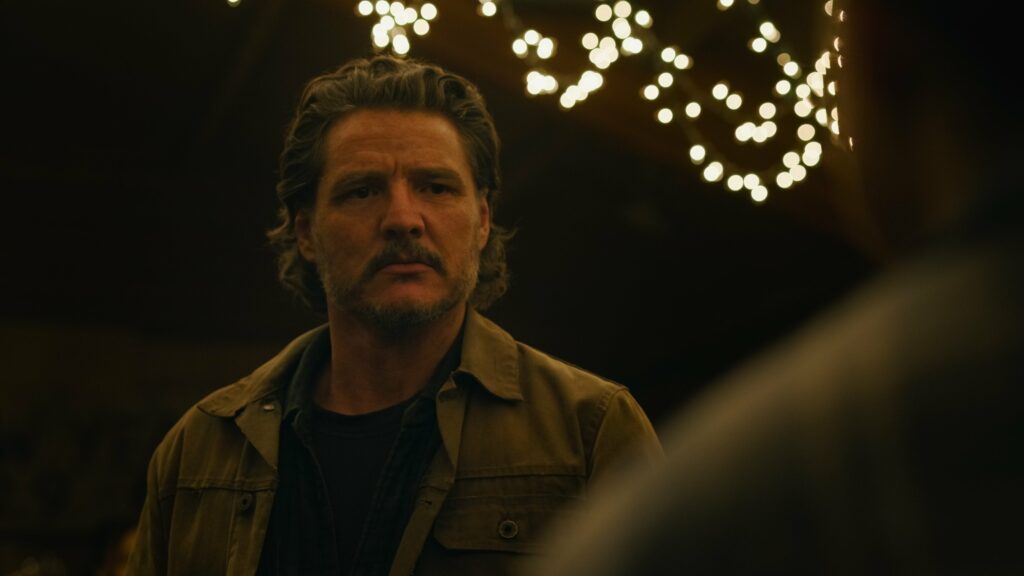
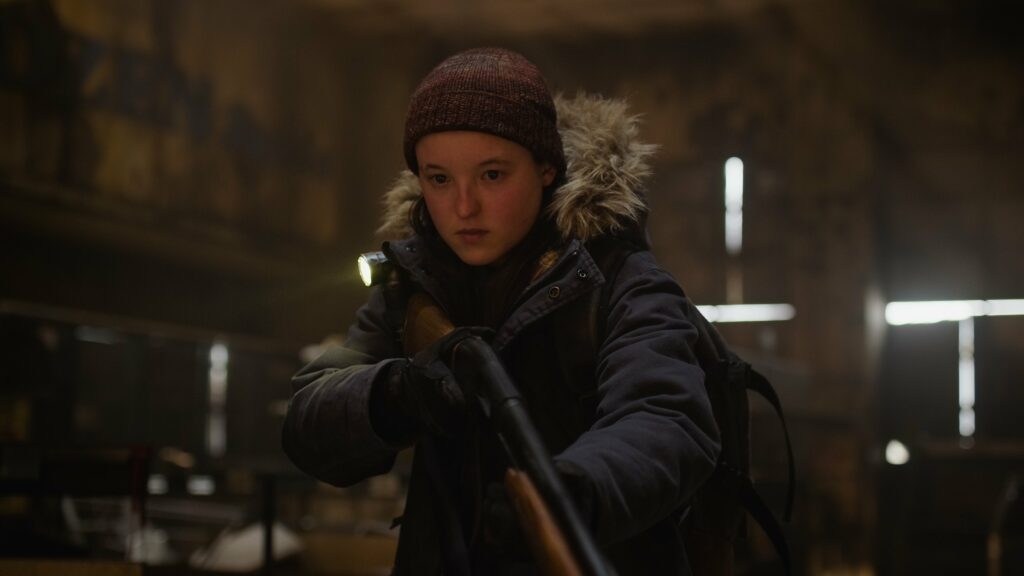
HBO/Max has excited fans of the critically acclaimed series The Last of Us by releasing the first glimpse at the returning leads Pedro Pascal and Bella Ramsey in their respective roles as Joel and Ellie for the much-anticipated Season 2. The images evoke a profound sense of nostalgia and continuity as they frame the duo in settings that resonate deeply with those who have navigated the original game’s treacherous yet touching narrative landscape.
Pascal’s portrayal of Joel is positioned within a barn that will remind ardent fans of a pivotal, emotionally charged exchange with Ellie from the game’s narrative. Meanwhile, Ramsey’s Ellie is set against a wintry backdrop, harnessing the chilly ambiance that famously defines the game’s early chapters. This visual revelation confirms that the upcoming season is well underway, with shoots progressing and the promise of a release date in the approaching year to whet the appetites of anticipatory fans.
The rich atmospheric previews offered by these official photos act as a vanguard for the new season’s story, which is expected to draw heavily from the game’s second installment. The narrative is poised to take audiences deeper into the evolution and tribulations of its cherished characters. After reprising their roles, Pascal and Ramsey will be accompanied by fresh faces joining the ensemble. Kaitlyn Dever of “Booksmart” will step into the role of Abby, with Young Mazino tapping into the character of Jesse. Additional portrayals by Danny Ramirez, Ariela Barer, Tati Gabrielle, and Spencer Lord will enrich the universe with Manny, Mel, Nora, and Owen—characters who each weave integral threads into the storyline.
The strategic choice not to divulge details on these new characters’ contributions within the sequel hollows out a space for viewers’ interpretation and speculation, creating a cocoon of eager suspense for those familiar with the source material. It is a clever nod to the informed audience, a silent acknowledgment of the narrative twists that lie ahead.
The maiden season set a high bar by meticulously adapting the events of the original game and its subsequent DLC, “Left Behind.” The show’s debut in January of the prior year quickly cemented its status as a standout production, securing an almost immediate confirmation from HBO for a second season. Fans were treated to an emotionally truthful and aesthetically faithful rendering of Naughty Dog’s opus, which resonated with critics and audiences alike, garnering a slew of Emmy Awards and a landmark viewership record for HBO.
Adapting “The Last of Us Part II” inherently carries a weight of expectation due to the game’s expansive and detailed narrative arc. The careful transposition of this game to the screen in Season 1 has set a robust template for translating interactive storytelling to a serialized format. This is not lost on the fans who, bolstered by the series’ success, are eager to see how the sensitive and complex layers of the sequel’s storyline will be faithfully interpreted.
As anticipation swells for the next installment, thoughts on Pascal and Ramsey’s return in their iconic roles fuel fan forums and social media discourse. Speculations, wishes, and predictions emanate from the community, suggesting the deep personal investment and connection the audience has fostered with these characters and their journey.
The conclusion of “The Last of Us” Season 2 remains shrouded in the unknown, but what’s evident is the collective yearning for its release. HBO has tapped into the pulse of a narrative rich in depth and human experience, one whose continuity on screen is poised to mirror the critical acclaim of its interactive roots.

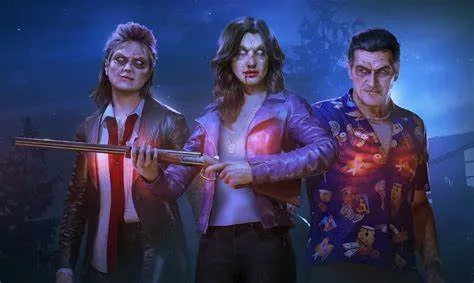



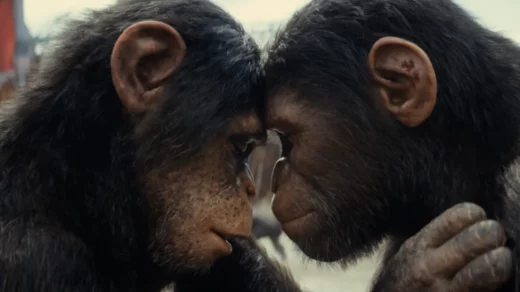
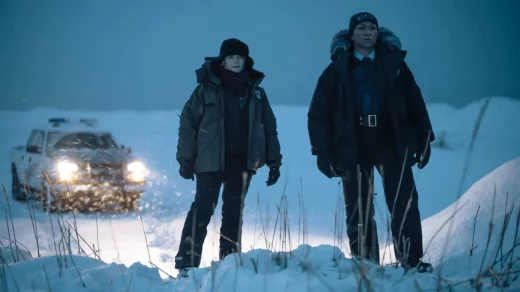

 OpenCritic
OpenCritic